TRIVIA- DID you know that the largest handwoven carpet in the world is a Turkmen Carpet, at the Turkmen Carpet Museum in Ashgabat?
The propensity of rugs to change the entire character of the room amazes me every time I use or buy one. Adding class and warmth to my home using these pieces of artistry has always been a joy. One can find a rug suited to one’s pocket, ranging from the lowest in the synthetic material, i.e. machine woven category to the extremely fine handwoven, i.e. knotted silk and chenille ones. For those who wish to have them as a display of their art collection, still, auctions for antique carpets take place.
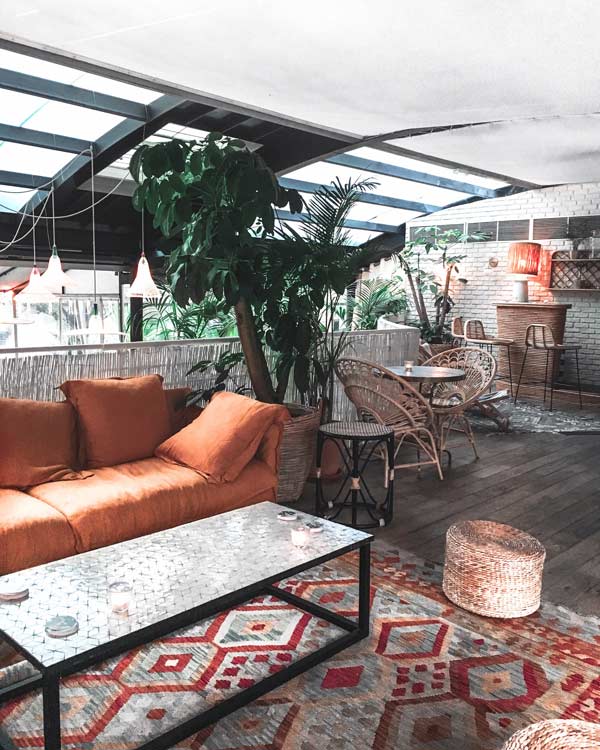
The vibrant colours and wide-ranging patterns intrigued me to learn more about them, and the journey has been incredibly enriching. With every visit to a vintage home, royal residence, a museum or a richly decorated premium hotel, I consciously observed the rugs everywhere. A treat to the eyes they became as I observed the different types of weaving techniques as warps and wefts (Taana Baana in Hindi) entwined to create breathtakingly beautiful patterns. Each weaving or construction style, patterns depict the rich historical tradition it belongs. Hence, each rug received its name after the area it originated. As said by ‘Michael Agnes‘ (Editor of Webster’s New World College Dictionary), ‘rug is a piece of thick, often napped fabric, woven strips of rag, animal skin, etc. used as a floor covering, usually distinguished from carpet in being a single piece of definite shape, not intended to cover the entire floor.’
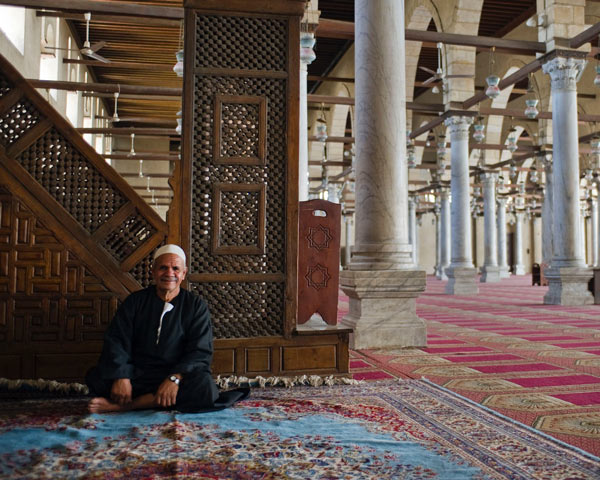
According to ‘Michael Franses‘ (Author of Turkish Rugs and Old Master Paintings), ‘Rugs are depositories of a very ancient culture. They speak a forgotten language made of patterns which precede written religions, and colours which are the result of infinite experimentations.’ Eastern and Oriental nations have a vibrant history of rug making and offer umpteen designs for intricate decor. Rug styles vary according to different countries and their origin.
Rug Styles Across the World
01. Persian Rugs
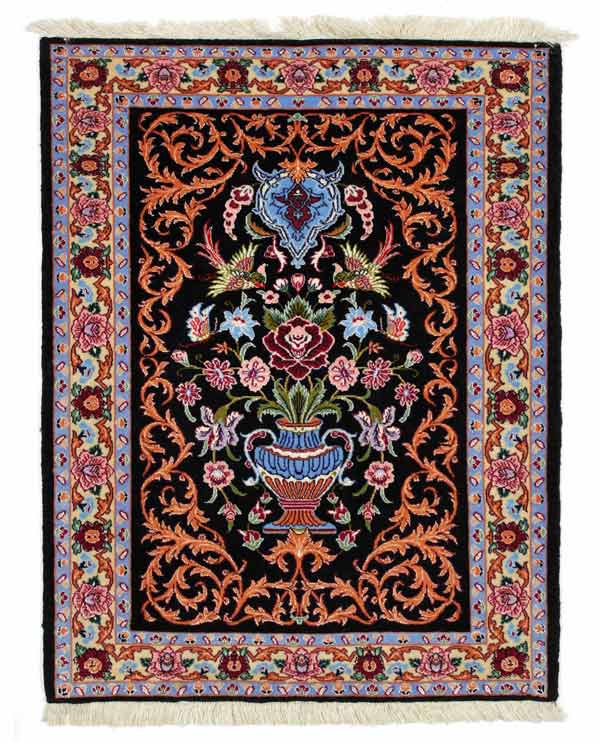
Persian Rugs (also called the Iranian rugs) are the most popular due to their intricate designs. They are made exquisitely to depict a variety of motifs ranging from geometrical patterns, arabesques, palmettes, vine networks, and cloud bands. Animal and human figures, being forbidden by Islam, are avoided yet we do see a few exceptions. With a tradition dating back to bronze age Iran is still the world’s largest producer as well as exporter of handmade, naturally coloured rugs and carpets. Also known for silk hand-knotted fine weaving, Persian rugs and carpets have always been a symbol of aristocracy and class since the time of the kings and queens.
Persian Rugs are available in a variety of styles like:
- Floral Persian rugs called Tabriz.
- Geometrical called Heriz.
- Medallion and corner pattern on an ornately patterned floral field is called Kashan.
- Gabbeh Rugs: Woven with the Tribal influence by Qashqai & Luri weavers, these have simple patterns. They are made of cotton and local handspun wool. Gabbeh rugs are thick and coarse.
- Isfahan Rugs: Made of silk or wool these have very balanced symmetrical patterns. Commonly it would have single indigo, rose or blue medallion surrounded by vines on a lightly coloured background.
- Nain Rugs are very finely woven with a high knot count of 300 to 700 knots per square inch. The patterns are intricately entwined branches with tiny flowers, blue or green, on an ivory background.
- Mashad Rugs is identified by a large lone Shah Abbasi medallion in the center surrounded by elaborate floral motifs in a curvilinear design.
- Balouchi Rugs with nomadic tribal geometric patterns woven of sheep wool are generally small in size. They are usually dyed blue or red; the edges use goat or camel hair in beige or brown.
- Qum Rugs are high-quality rugs traditionally woven in silk or cotton, also known as Koum, Kom, Qhum or Ghom are woven in Qom province. The patterns range from a combination of flowers and birds, medallions and gardens, hunting scenes in the dark blue, reddish-brown or orange.
02. Turkish / Anatolian Rugs
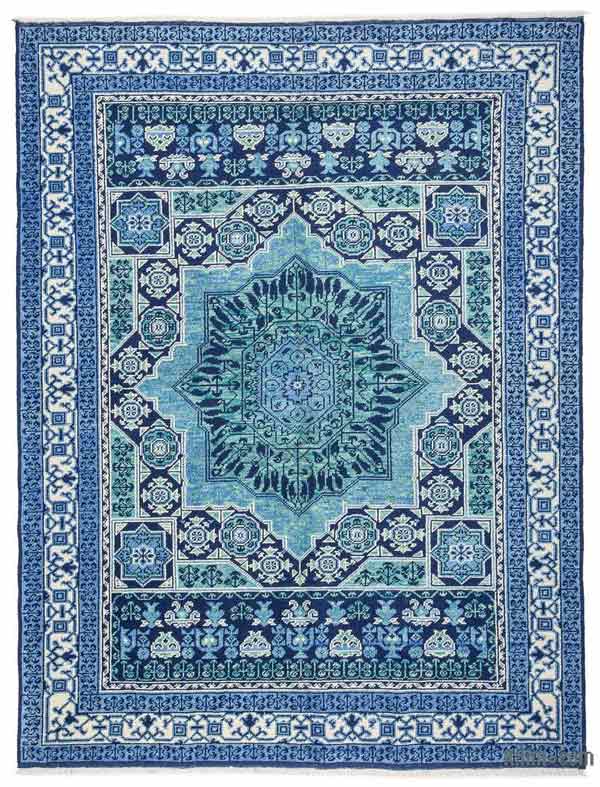
Turkish Rugs are highly influenced by Greeks and any day comparable to Persian rugs. These are created using unique Turkish knots called Ghiores or Turfbaff.
The patterns are based on prayer niches and geometrical. Classified into the following popular types:
- Oushak/ Usak Rugs: One of the most popular Turkish rugs are said to have been the seat of origin of the star & medallion patterns. Known for the luminous silk and wool work.
- Kayseri Prayer Rugs with geometric beautiful patterns are very popular in all Islamic nations.
- Turkish Pile Rugs and Kilims vary in size and often used as decorative like cushions, oven covers, prayer rugs, table covers, bed covers, camel and donkey bags, grain bags, curtains, eating blankets, etc.
03. Afghanistani Rugs
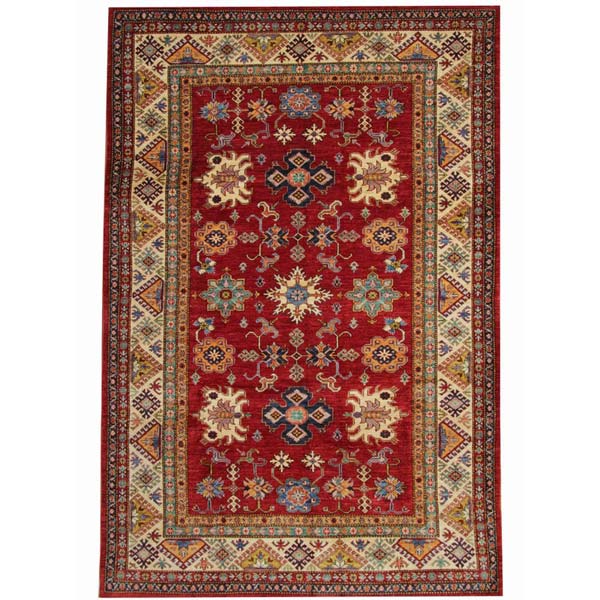
Now popular uniquely due to its modern avatar depicting the violence spread in the war waged by the Soviet Union, was always a Persian form earlier. The Baloch and Uzbek handmade traditional design are the current inspirations. These are woven in Afghanistan and by Afghan refugees living in Pakistan and Iran. Shindand and Adraskan two types of Afghan rugs named after the villages they originated from in Herat area are the most popular. Intricately detailed tribal patterns, brightly coloured Bukhara patterns are prevalent.
04. Indian Rugs
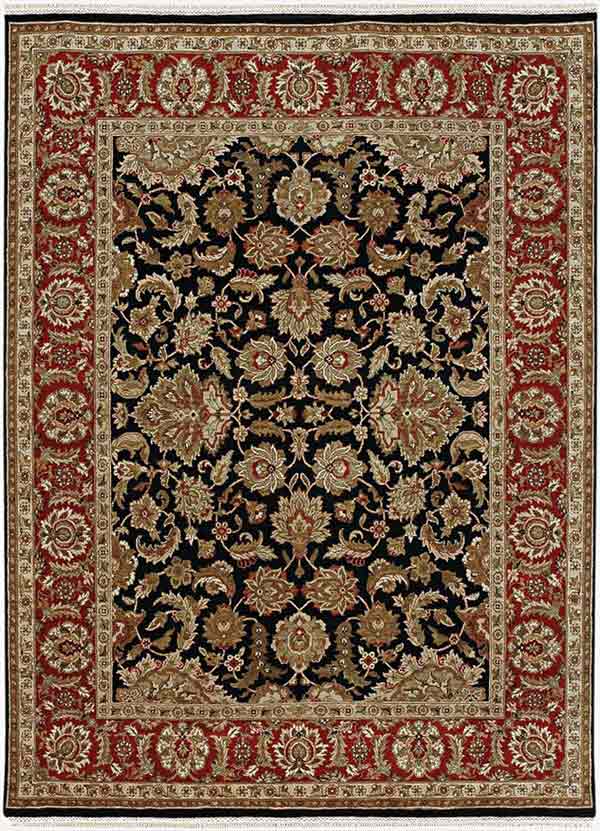
The Indian rugs are found in as many diverse forms and patterns as is its rich culture. Though the accurate dates of the first created rug are not definite, yet it was almost as early as when the man started rearing sheep for wool.
The most popular Indian rugs are:
- Namda: Animal skins weren’t big enough to protect their bodies from the cold wintry chill. So, the shepherds collected sheered wool and created the first form of a rug, very similar to what is now traditionally called a Namda. It was created by wetting the wool and fusing it (as in the felting technique). Later during Akbar’s reign in the 15th century, they became very popular as horseback rugs, sitting rugs and then even as wall carpets. Though like every art form, Namda making faced a slump in a big way yet it survives in Kashmir, Himachal, and Rajasthan.
- Duree also spelt as Dhurrie/ Dhurri/ Durry is the most commonly used Indian floor rug. Traditionally used under bedding or to roll/pack bedding, to cover floors to sit for large social gatherings, every Indian house uses this affordable rug. Most commonly made of thick cotton yarn, wool, jute, chenille or silk, durry is a durable floor covering. It varies in size as peruse for e.g. on one hand it could be as small as a one-foot by one-foot table cover or a 24″ by 24″ meditation mat or pooja/ prayer mat, on the other hand as large as 20 feet by 20 feet spread to cover a complete room wall to wall. Handwoven on looms in northern states of Himachal Pradesh, Punjab, Uttar Pradesh, Rajasthan, Madhya Pradesh and also in Karnataka in the south Indian durries are very popular all over and are exported globally.
- Kashmir rugs: Made primarily of poor wool and silk, with traditional motifs such as the paisley, chinar tree, (the oriental plane) and tree-of-life.
- Woollen, silk and chenille rugs from India are sold under the names of Amritsar, Bhadohi, Jaipur, Kashmir, Mirzapur and Srinagar. Bright geometrical patterns, tribal patterns with geometrical human figures, Kashmiri floral designs are popular on Indian rugs.
- Citapore now spelt as Sitapur in Lukhnow are a popular category among Indian rugs.
04. Pakistani Rugs
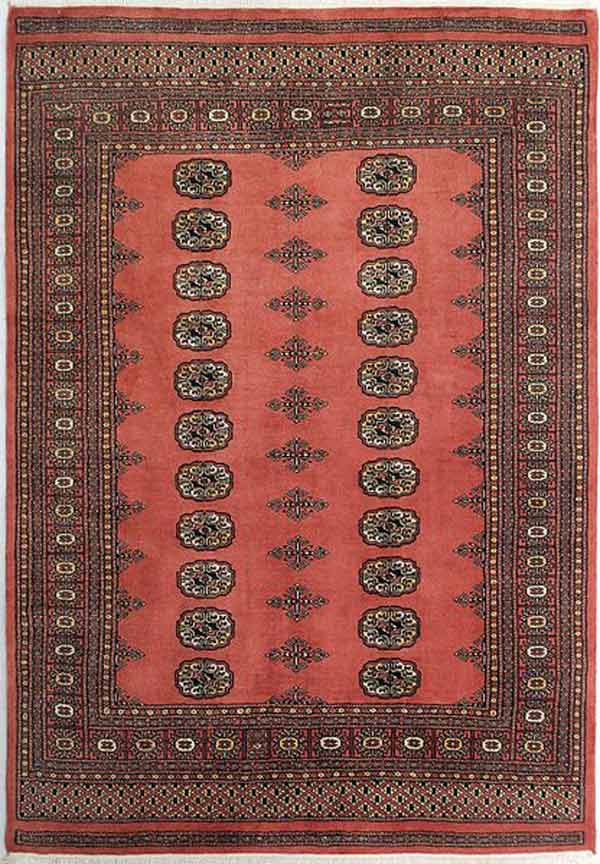
Rug making in Pakistan dates back to the eleventh century. Today Pakistani rug-making industry is one of the biggest exporters of rugs & carpets to the west. Influenced by Persian technique and Mughal architectural patterns like gulls, medallions, paisleys, traceries, and geometric, Pakistani rug making is the country’s second-largest cottage industry. Of late the Afghan refugees constitute a large number of weavers/rug makers in Pakistan. Material ranging from silk, wool to synthetic fibres are used.
Pakistani rugs are classified mainly into the following types:
- Bokhara most popular among Pakistani rugs Bokhara can particularly be identified by their symmetrical oval, diamonds shaped and elephant’s foot patterns. It uses Persian knots.
- Jaldar rugs use more angular and diamond-shaped gulls.
- Pak-Persian continued to be inspired by Persian yet modern contemporary design.
- Aldar rugs originated in Pakistan and identified by repeated diamond-shaped Gul motifs in rows.
- Chobi rugs have floral patterns in senneh knots and also referred to as Ziegler, Oushak and Peshawar rugs.
- Caucasian rugs have a traditional geometric design in ghiordes knots.
06. Tibetan Rugs
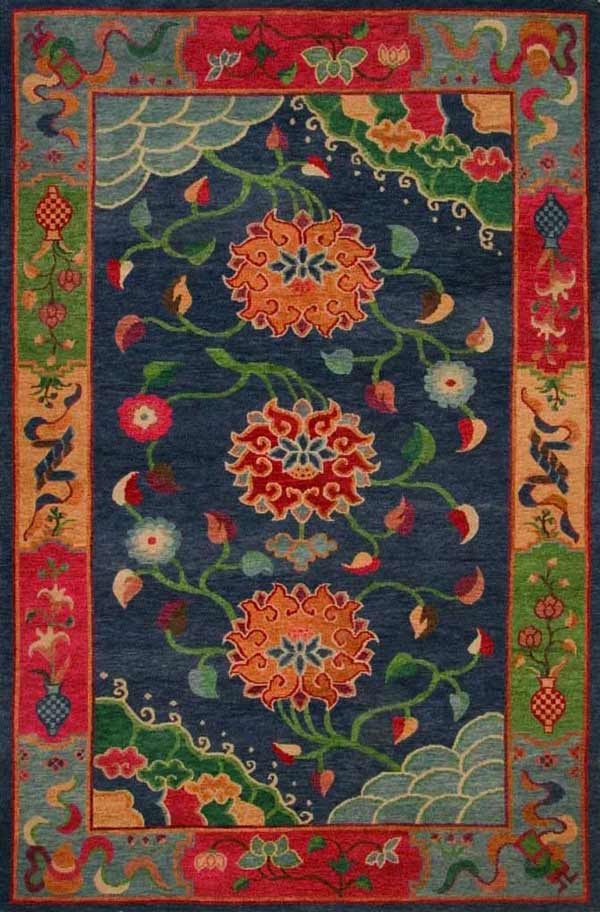
Tibetan art in itself can represent the wide-ranging oriental art form as Tibetans depicted their religious symbols, spirituality in their weaving style. Densely tufted yet soft Tibetan rugs use a unique knotting method which is different from that used in other rug making traditions worldwide. The Tibetan population settled in India and Nepal now, has established a thriving business in rug making. Popular designs feature dragons, phoenix, floral motifs, clouds and more. Tibetan Khaden the sleeping rug is still trendy. Limited due to restricted availability, antique Tibetan rugs are limited in colour. They are found in very subtle shades of browns, greys, red, yellow and blue though synthetic colours today have made these looks bright and easy to maintain.
07. Chinese Rugs
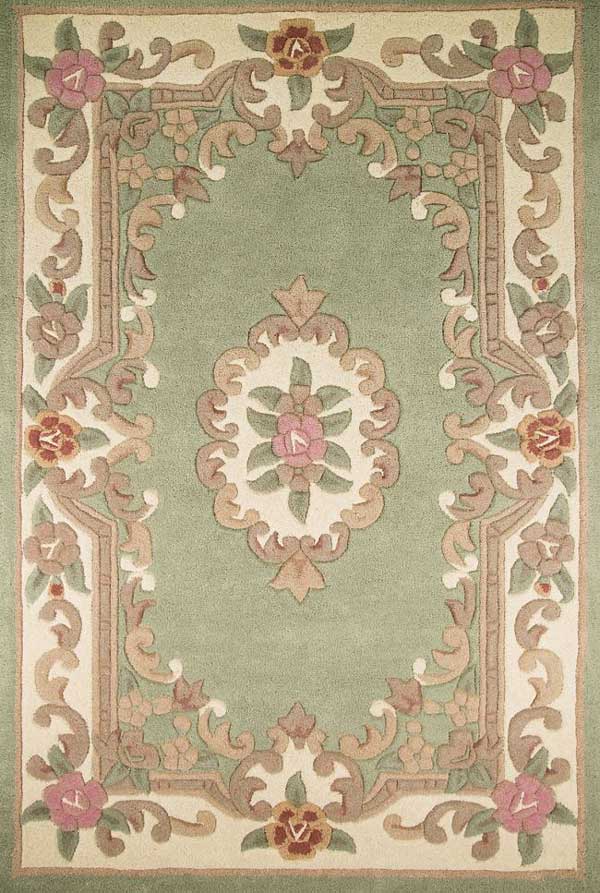
The rug originated between the 15th and 17th centuries when the art of knotting was introduced there to enhance the floors and walls of imperial courts. Patterns were taken from their porcelain painters, silk weavers and religious symbols with distinguished dragon patterns in those days. Taoistic and Buddhist features can also be seen in designs. Manufactured in the provinces of Kansu, Ningxia, Suiyan in inner Mongolia close to the Baotou, Chinese rugs are not very large and have motifs in blue as dominating colours.
08. Oriental Carpets in Europe
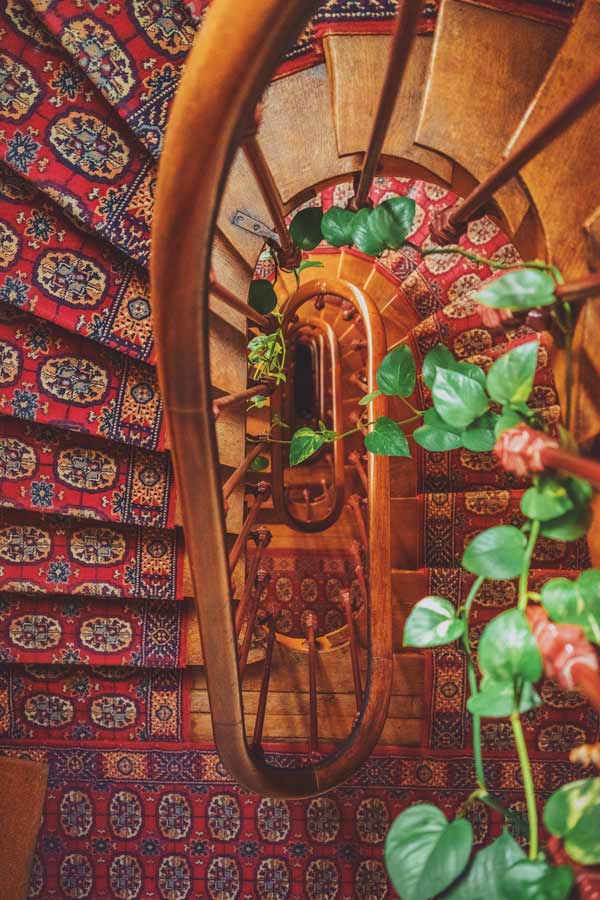
Carpets of Indo-Persian design were introduced to Europe via the Dutch, British, and French East India Company of the 17th and 18th century and in the Polish- Lithuanian by Armenian merchants. Today most European countries import rugs and carpets while a few prefer to produce them mechanically themselves.
Summing up, different rug styles come up from different weaving styles across the world. The patterns depict the rich historical tradition from where it belongs. Thus, it receives its name from the area it originates. The popular rug styles across the world include Persian Rugs, Turkish Rugs, Afghanistani rugs, Indian rugs, Pakistani rug, Tibetan rugs, and Chinese rugs. As said by ‘Judith Wilson‘ (Author of Think Home),’Rugs can become handy tools to mark out separate zones.’
Also Read:
House Cleaning Schedule: To Make your Cleaning Task Easy – Infographic
Image Courtesy – Image 3, Image 4, Image 5, Image 6 – okcrugs, Image 8
Author Bio
Anshu Sachdeva – Anshu Sachdeva is the founder and business head of boutique research and content firm based out of India. She has over ten years of corporate experience in consulting and research. She holds a masters degree in business management and is passionate about the application of research to do business faster, better, cheaper.